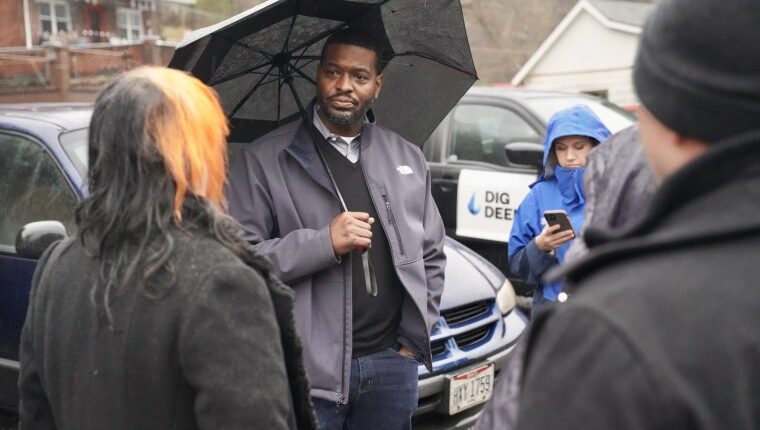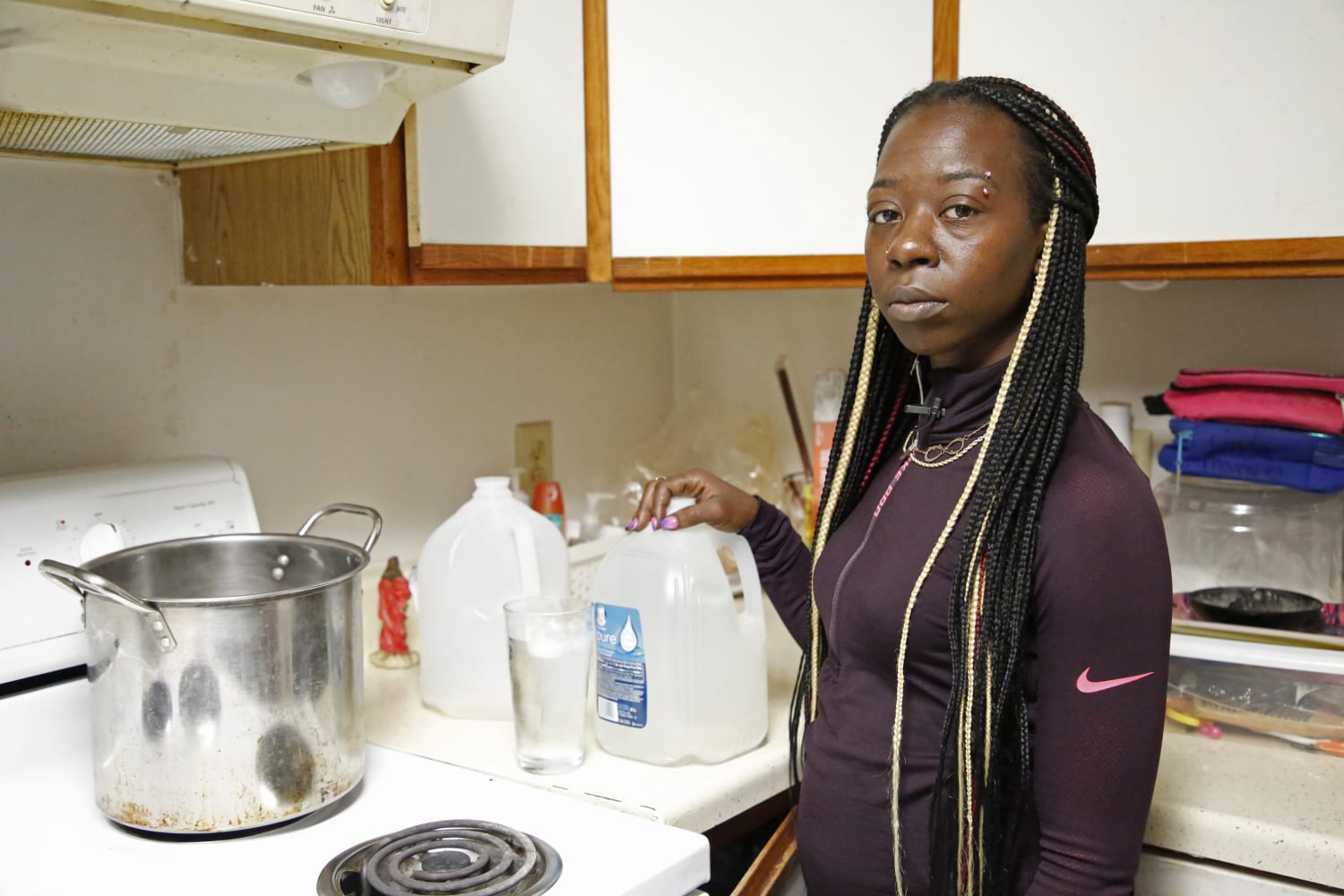Every year the EPA distributes federal funding for waste and drinking water infrastructure through state “revolving funds” that issue low-interest and forgivable loans as well as grants. That funding has been critical for Baltimore: Over the past 20 years, the city has received nearly $2 billion through Maryland’s revolving funds and through the Water Infrastructure Finance and Innovation Act program, a federal credit program administered by the EPA.
But the $50 billion that the Bipartisan Infrastructure Law set aside for water infrastructure improvements represents the single largest investment in water the federal government has ever made. The dollars will be used to lay new infrastructure, replace lead service lines and clean up emerging contaminants in water, such as PFAS, among other projects. The EPA has specifically directed states to prioritize projects in historically disenfranchised communities.
In Baltimore the funds will be used to upgrade major components of the city’s water distribution and wastewater treatment facilities.
Continued federal investment, Garbark said, is “the only way that we can really get this stuff modernized and fixed.”
“We need a lot more than that to get us really to be the best maintained system that we need,” he added.
‘All across the country’
Even those billions are a drop in the bucket.
The American Society of Civil Engineers (ASCE) ranks the nation’s water infrastructure at a C minus, according to its most recent report. There is a water main break every two minutes and an estimated 6 billion gallons of treated water is lost each day in the U.S., according to the group.
Water infrastructure is inherently expensive to build and maintain, said Upmanu Lall, a civil engineer and director of Columbia University’s Water Center. By the EPA’s own estimates, the nation’s drinking and wastewater infrastructure will require more than $744 billion over the next 20 years, just to meet existing health and environmental standards.
The nation’s water infrastructure woes are due in no small part to the fact that the federal government’s share of capital investment in water infrastructure has sharply declined over the past five decades, he said.
The federal government’s share of capital spending in the water sector fell from 63% in 1977 to about 9% of total capital spending by 2017, according to the ASCE. That’s laid most of the responsibility to raise funds on state and local governments and left water utility managers to cope with aging water systems by deferring upgrades for as long as possible and funding upgrades on the backs of ratepayers.
“It’s not a surprise when you look across the country, it’s smaller communities that are in trouble,” Lall said. “And the other areas that are in trouble are the somewhat larger cities that have been depopulating.”
During the past year, the EPA’s Regan visited Lowndes County, Alabama, where residents without septic systems are forced to straight-pipe waste from their homes into nearby waterways or backyards. He also visited McDowell County, West Virginia, where some residents have to collect their drinking water from roadside springs. Both West Virginia and Alabama received millions in funding through the infrastructure law.

“These are unacceptable conditions that we’re seeing all across the country,” Regan said.
“These are the communities that are most at-risk from a health standpoint,” he added. “These are communities also that have suffered from a lack of investment and indifference. And so we want to put those who need these resources the most at the front of the line.”
‘Maybe we shouldn’t drink it’
Continuing infrastructure problems and headline-dominating water crises, from Flint to Jackson to Baltimore, have created a trust gap in low-income neighborhoods and communities of color across the country, Exum said.
“I think we’re now entering that dangerous place where people are asking, ‘Can we trust the water system? Maybe we shouldn’t drink it,’” she said.
In Baltimore, as across the nation, costs for infrastructure upgrades and repairs are passed on to consumers. In doing so, Baltimore’s water rates have risen more rapidly than the national average. One 2018 study found that typical residential bills in Baltimore increased by 127 percent from 2010 to 2018, and estimated bills would be triple the 2010 average by 2022. Last year, the city launched a program to help residents pay water bills.
“Whenever we’re responding to an emergency, that is more expensive,” Garbark said. “That takes away from our revenue and our money that we have to use for our capital projects. Every dollar we spend has to be raised from our ratepayers.”
For residents who have experienced sewer backups, discolored water and other issues, those high bills are hard to square.
Whether the problem is in her building or in the city’s pipes, the water coming out of the tap at Stacy Beahm’s home in South Baltimore is often brown and sandy. The water in her toilet stains the bowl yellow. Every month, she spends about $150 a month on bottled water and lugs home heavy jugs for herself and her children. That’s on top of her water bill, which averages about $200 a month.
Sometimes, she said, she has to choose between paying her bill and buying food.
“I’ve still got to pay a water bill for water that’s going down the drain,” she said.
“Would you trust tan and brownish water? I don’t and I’m scared to death to give it to my kids. I’m pretty sure nobody wants to drink dirty water.”
It’s that trust that Regan said the federal government has to help restore.
“As we are rebuilding water infrastructure, we’re also rebuilding trust with communities,” Regan said. “I can understand the trepidation that people have all across this country because water systems have been failing our communities. It’s time for government to step up, and that’s what we’re doing.”
Source: | This article originally belongs to Nbcnews.com









